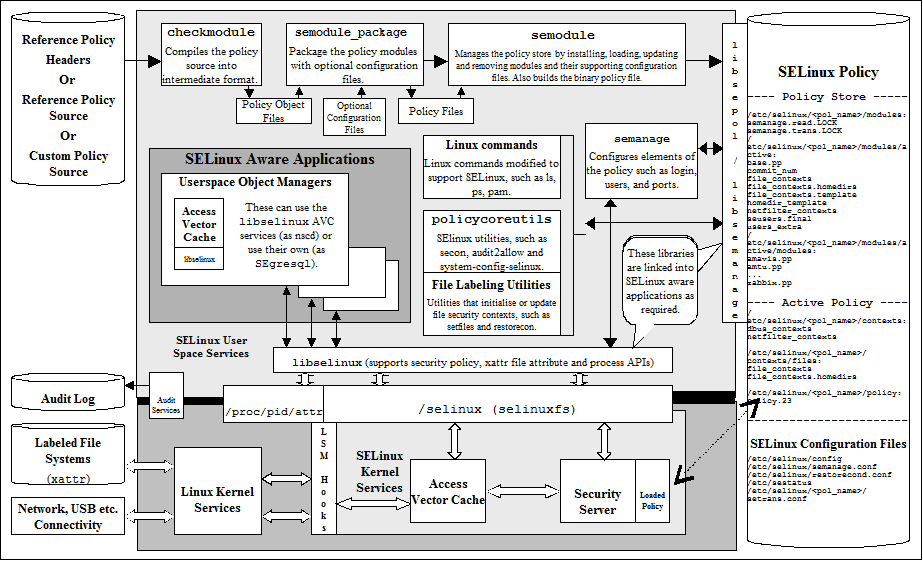How to set up KGDB :
The steps mentioned here are with reference to 2.6.32 kernel version.The main reason is that is KGDB is merged into linux main line from 2.6.26-RC5 kernel. For kernel version < 2.6.26-RC5, we have to get KGDB patch from http://kgdb.linsyssoft.com/kernel.htm and apply them to kernel.
Few terminology which we gonna use :
Target Machine :
The machine on which the source code to be debugged is present. This is the machine which is to be monitored via a remote machine using gdb on remote machine. We need the kernel configured with KGDB and boot kernel with kgdb parameters set on this machine.
Host Machine :
The machine which is used to monitor the target computer. This machine requires gdb and the uncompressed kernel image of target machine.
Configure the Target Machine :
Get into the kernel source code.
$ cd /usr/src/linux/
$ vim .config
Enable the KGDB options
File : /usr/src/linux/.config
CONFIG_HAVE_ARCH_KGDB=y
CONFIG_KGDB=y
CONFIG_KGDB_SERIAL_CONSOLE=y
Recompile the kernel
$ make menuconfig || make oldconfig
$ make
$ make modules
$ make modules_install
$ make install
After kernel recompilation, transfer the uncompressed image of kernel i.e. vmlinux to the host
machine. Before doing scp you should boot host machine. Copy kernel image at /boot/ directory.
$ cd /usr/src/linux/
$ scp vmlinux
Edit the grub entry of target machine, add kgdb parameters
File: /etc/grub.conf
title Scientific Linux (2.6.32-131.17.1-lustre)
root (hd0,0)
root (hd0,0)
kernel /boot/vmlinuz-2.6.32-131.17.1-lustre ro root=UUID=85149a02-7fb9-4eb2-a780-c2abe3e4b0a1 rd_NO_LUKS rd_NO_LVM rd_NO_MD rd_NO_DM LANG=en_US.UTF-8 SYSFONT=latarcyrheb-sun16 KEYBOARDTYPE=pc KEYTABLE=us kgdbwait kgdboc=ttyS1,115200 rhgb quiet
initrd /boot/initramfs-2.6.32-131.17.1-lustre.imgNG=en_US.UTF-8
Working with KGDB:
Boot target machine: Target machine should wait for host machine to connect.
Configuring named pipe to connect two VM's over serial port :
On host machine :
Named pipe configuring should look something like below :
On target machine :
Named pipe configuring should look something like below :
Boot host machine : Connect target machine after boot process is over.
On host Machine :
$ cd /boot/
$ gdb ./vmlinux
Pass kernel image file of target machine.
$ gdb> target remote /dev/ttyS1
This will establish communication between target and host machine.
Both machine are connected via serial port and device name is /dev/ttyS1.
It may vary. So, before working on kgdb you can verify which serial port is working
You can use "minicom" (a linux tool) to check which serial port is active.
$ gdb> cont
This will continue the boot process of target machine.
On target machine :
$ echo "g" > /proc/sysrq-trigger
This will regain gdb session on the host machine. And now we can set
breakpoints and continue debugging.
This will hang the session on your target machine, continuing gdb session on host
will invoke the session on target machine. If you are using putty to connect with target
machine, you will have to restart the session.
Adding symbols for loadable modules :
On target machine :
Load the modules and copy symbols of various segments of our program
$ insmod your_module
or
$ modprobe your_module
$cd /sys/module/your_module/sections
$ cat .text
$ cat .bss
$ cat .data
$ cat .rodata
On host machine :
$ gdb> add-symbol-file module_name_with complete_path \
text_segment_address \
-s .bss bss_segment_address \
-s .rodata rodata_segment_address \
-s .data data_segment_address
Now we can set break points even in our modules.
$ cont
Continuing gdb session will revoke target machine session.
We can perform various action on target machine inorder to hit the breakpoint on
machine.
Note:
Use gdb 6.8 , gdb 7 has some issue while working with kgdb.
While working with kgdb, if you are not able to set break points in the kernel code,
check for the CONFIG_DEBUG_RODATA in the .config file.
Disable CONFIG_DEBUG_RODATA and recompile your kernel and then try again.
If you are not able to step in to the function, try using new gdb version 7.5 on both machine.






